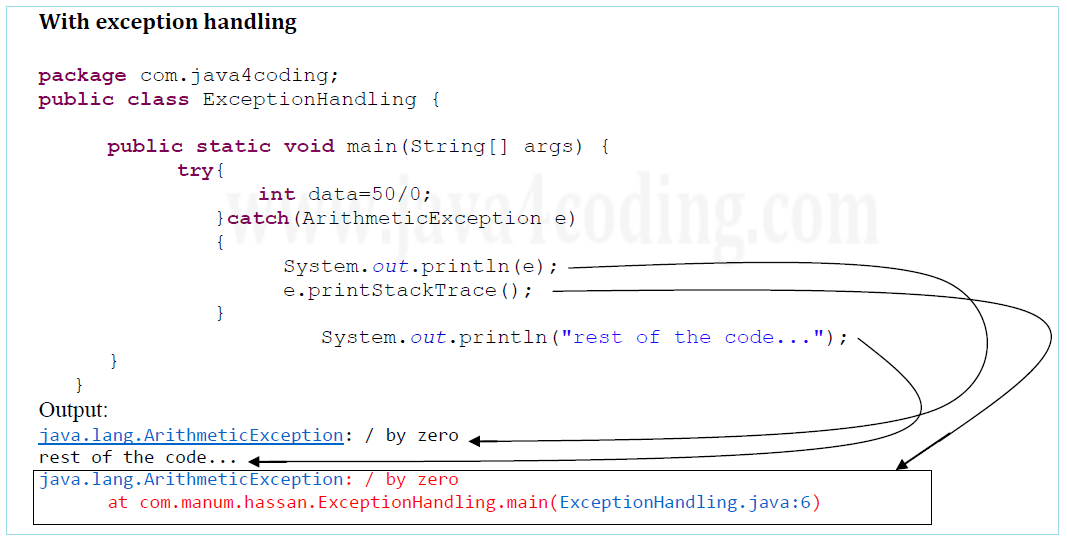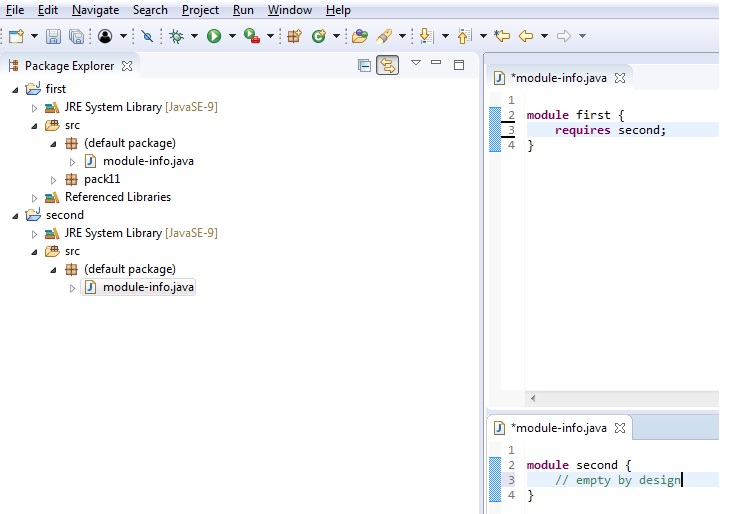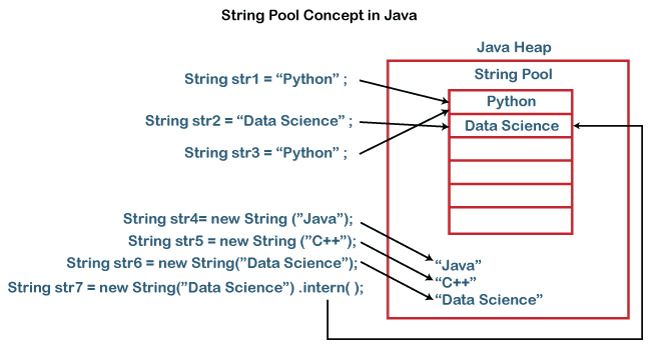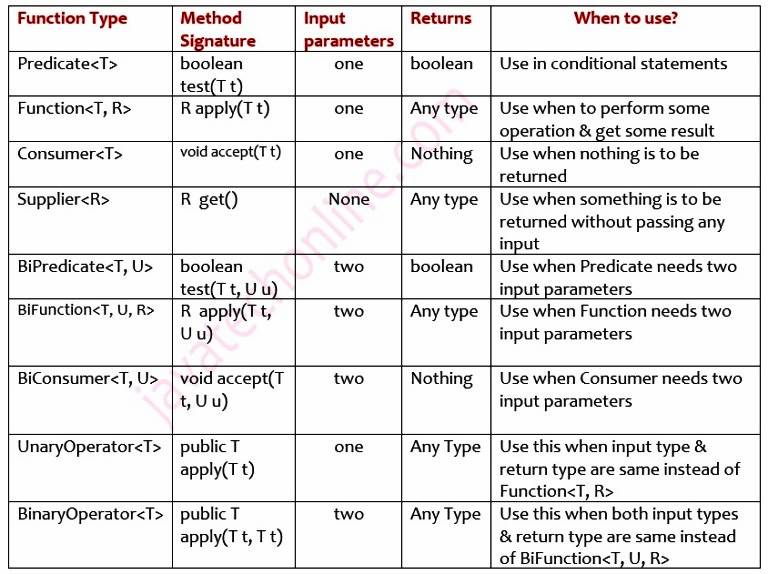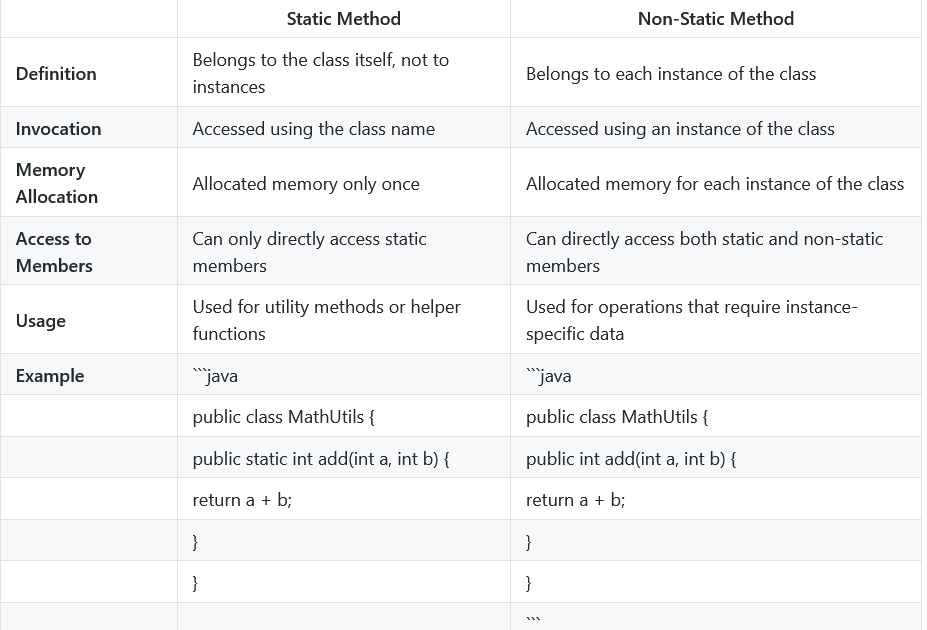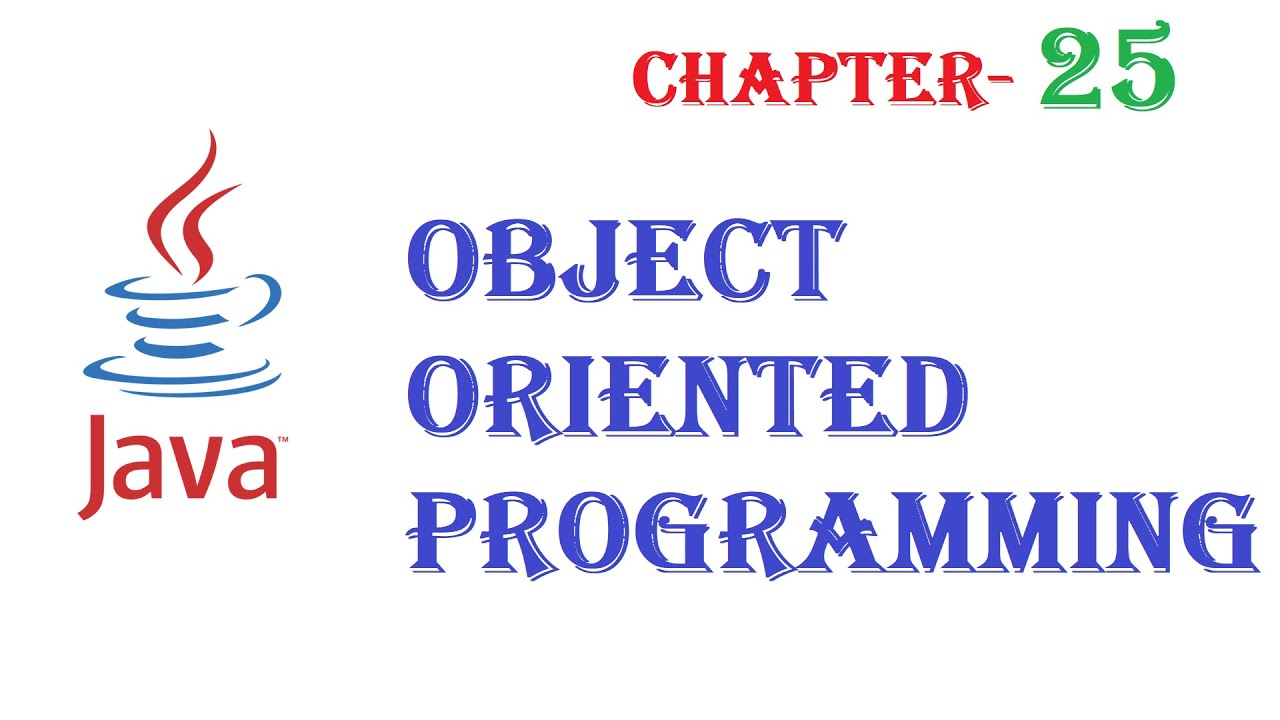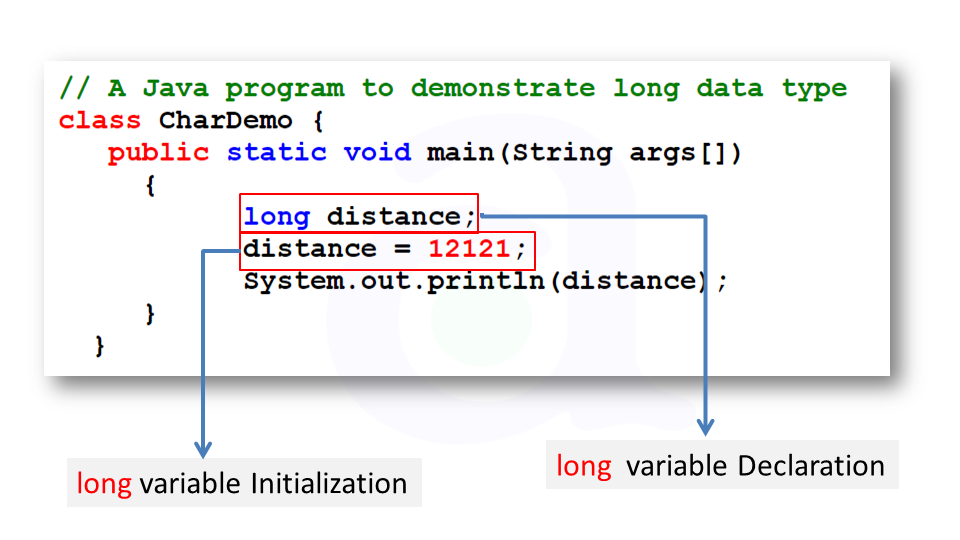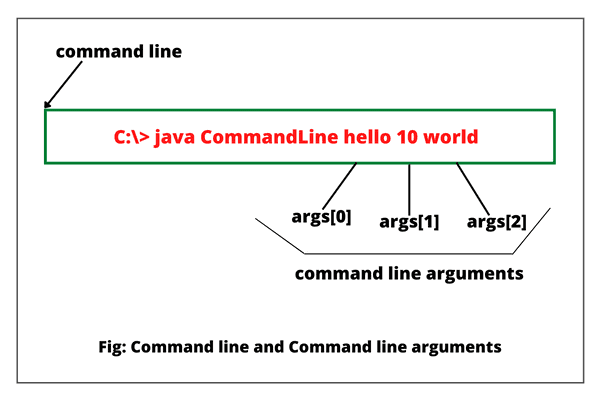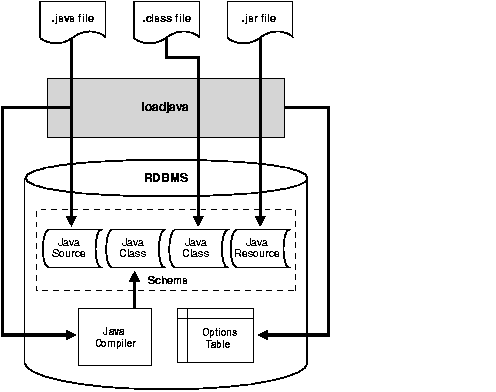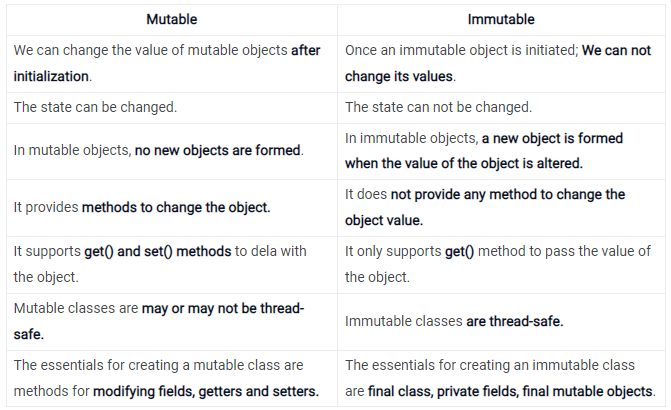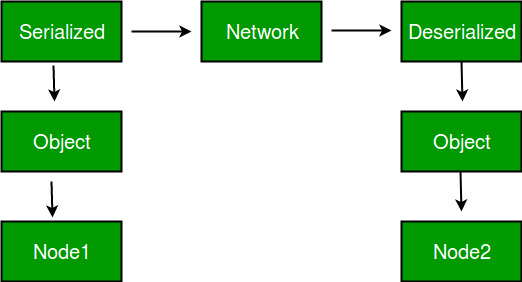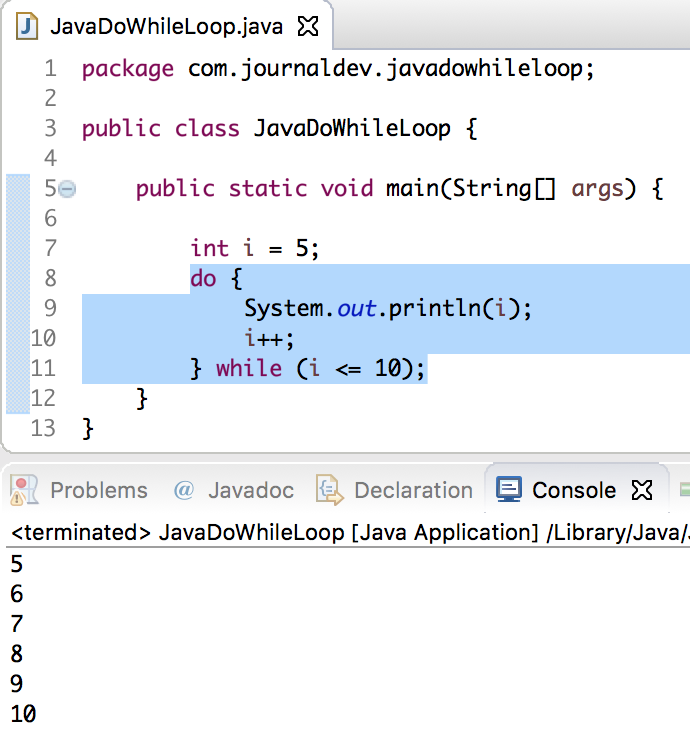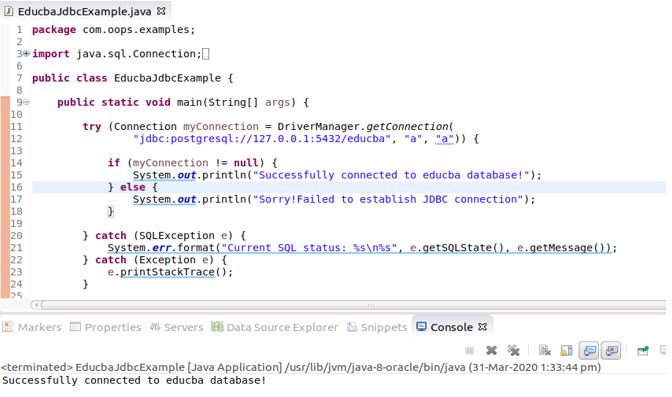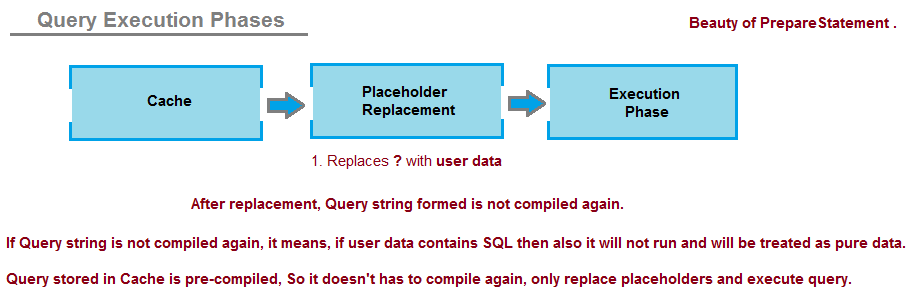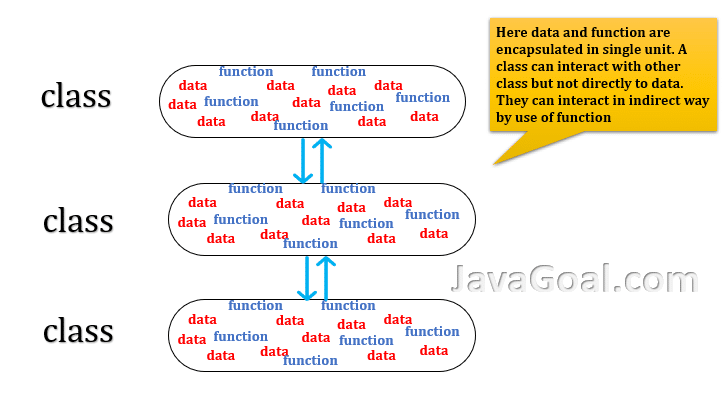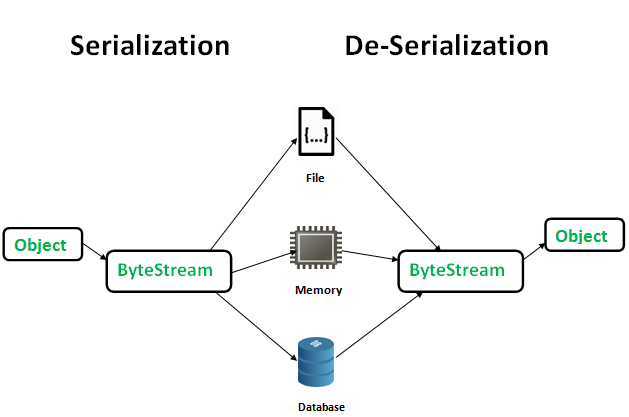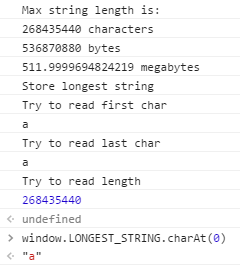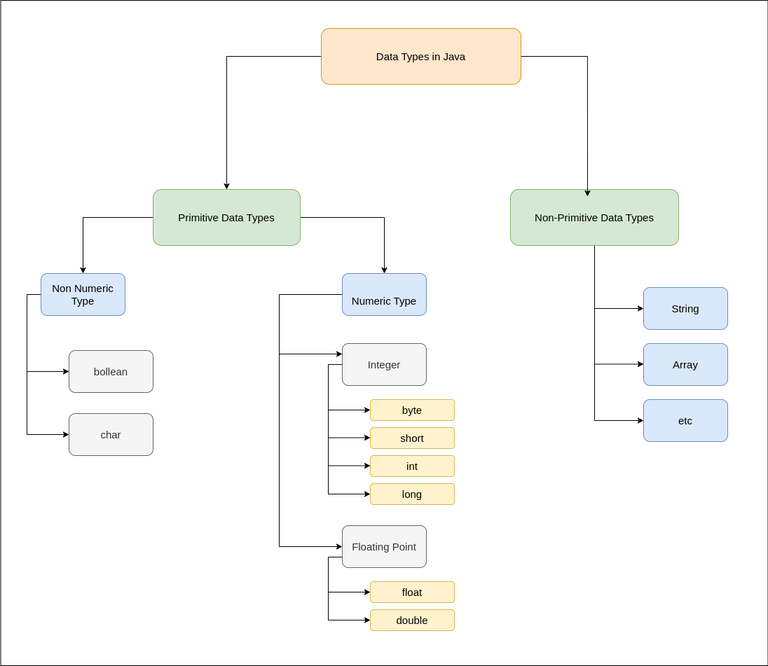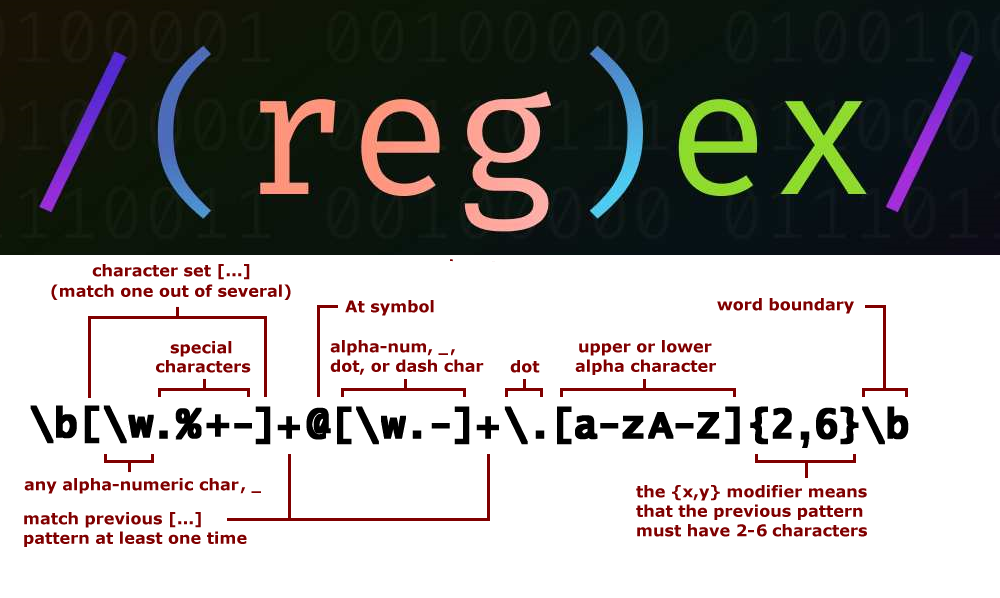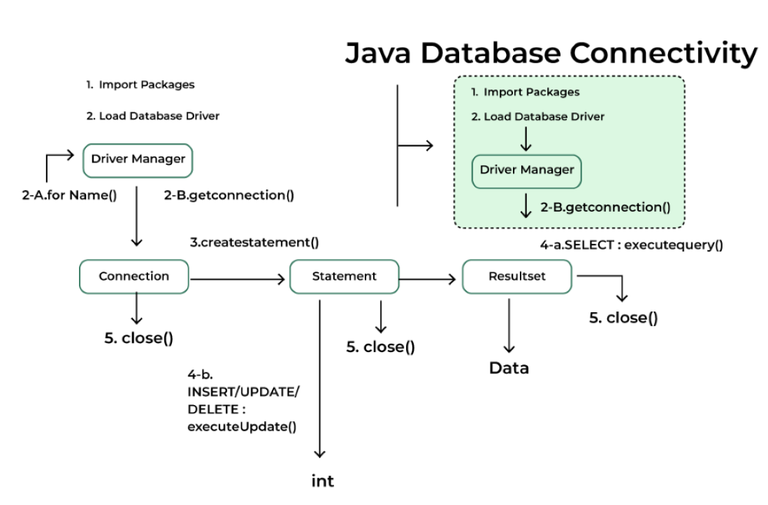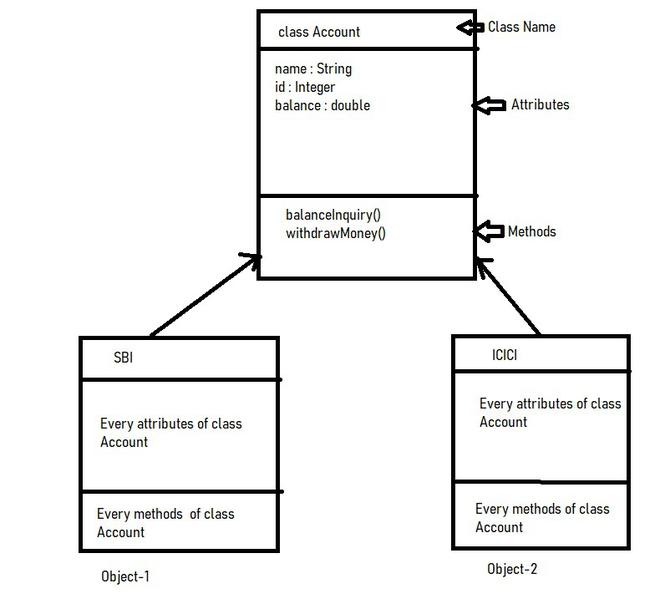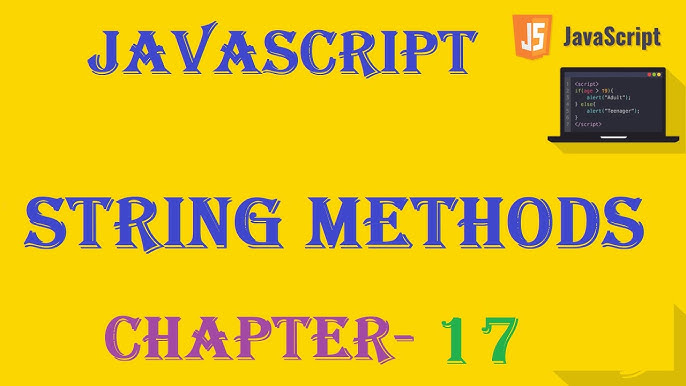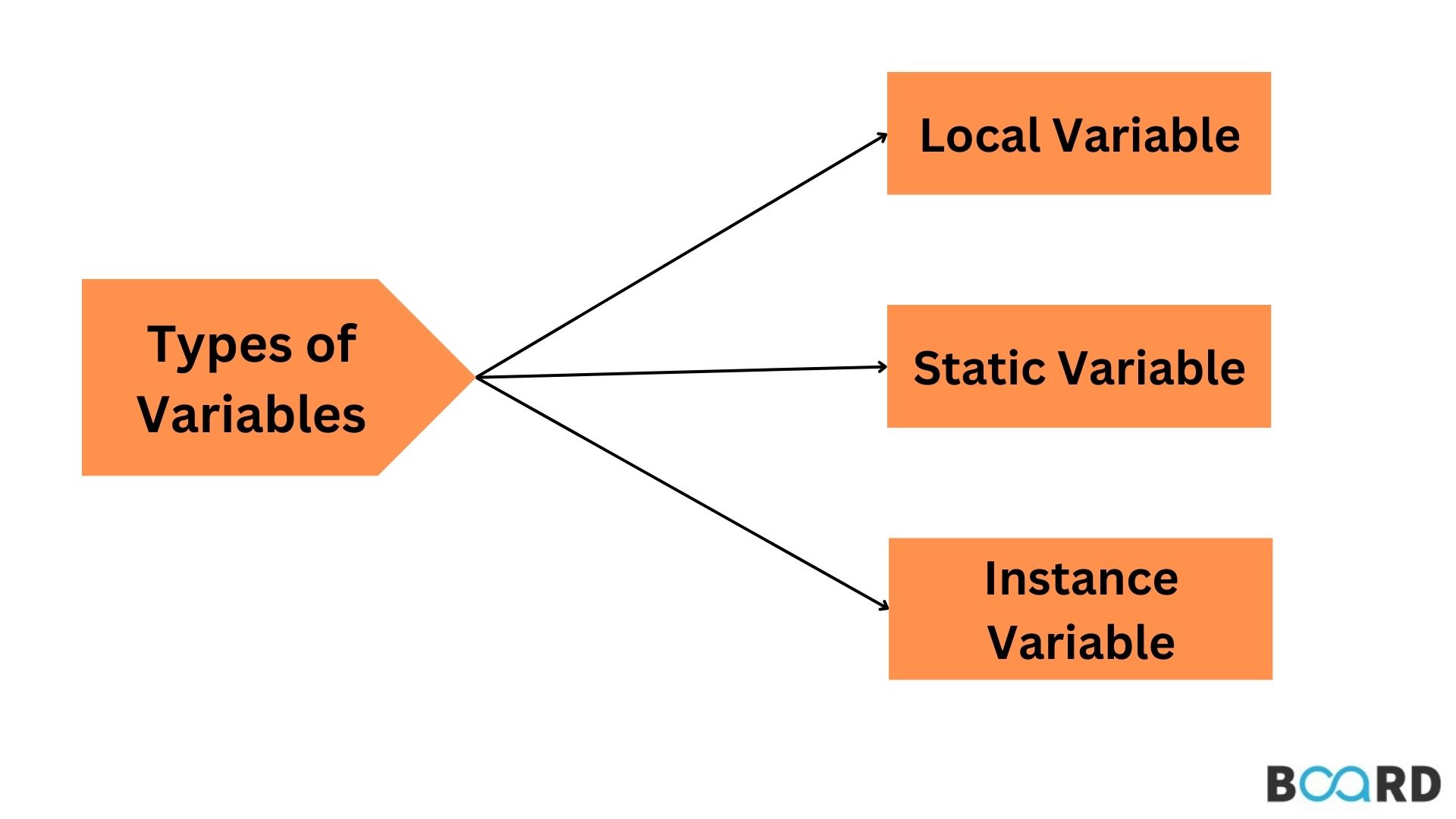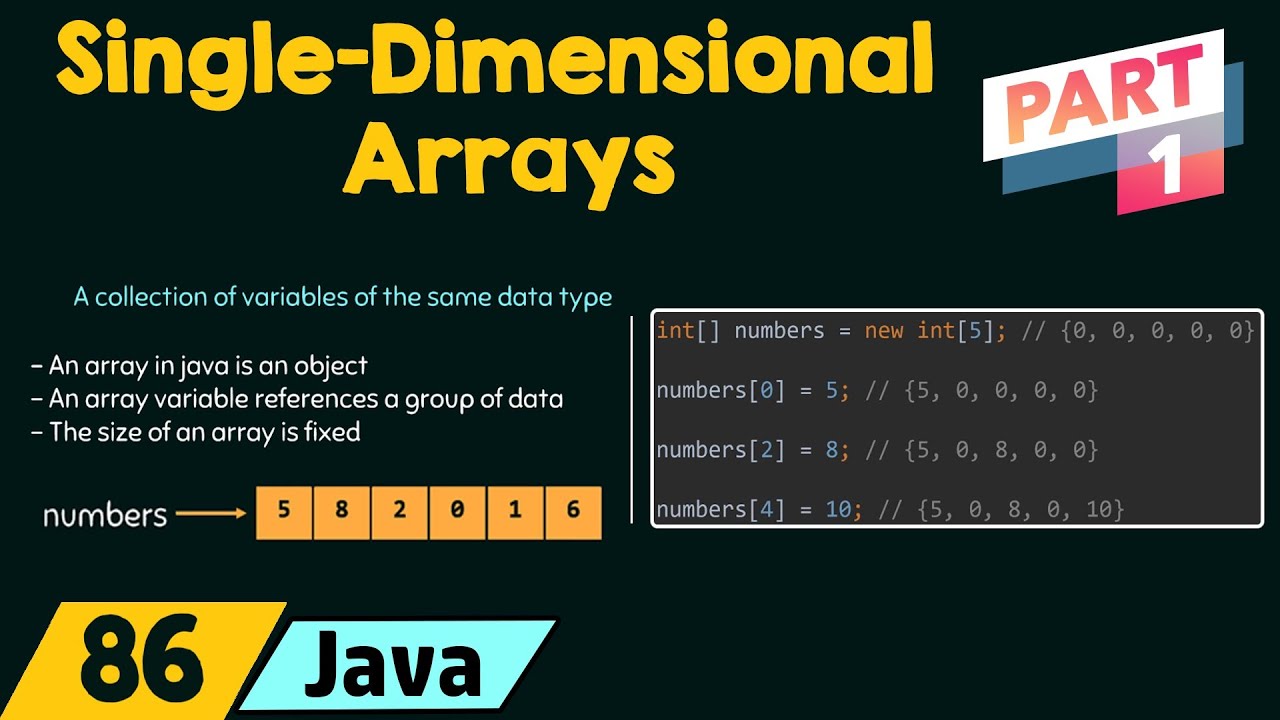When should we use throw in Java?
When should we use throw in Java?
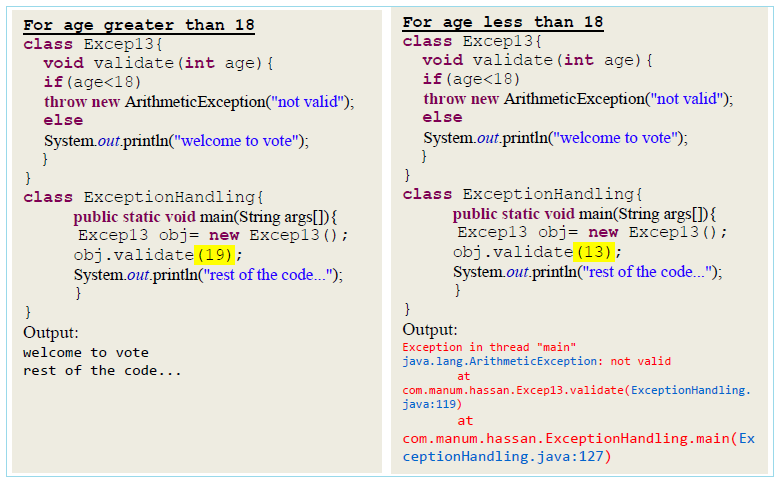
I'm glad you asked!
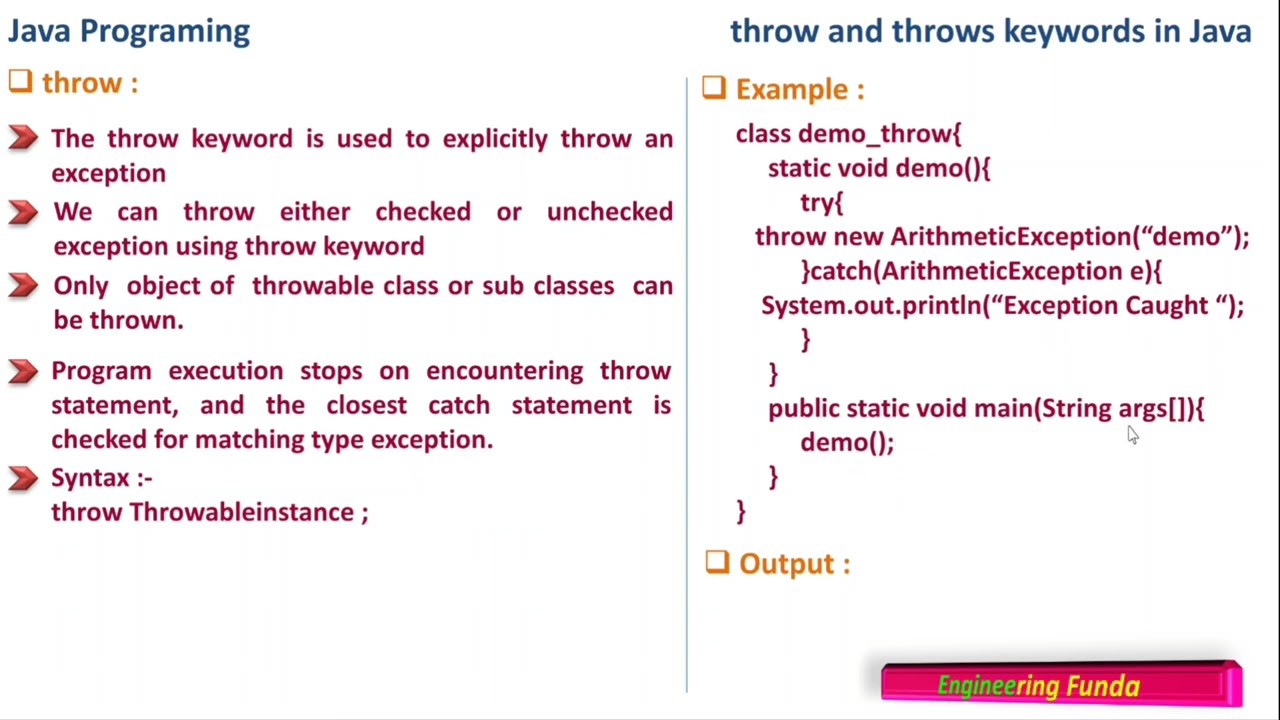
In Java, the throw keyword is used to explicitly throw an exception from a method or constructor. This is different from automatically throwing an exception when a method or constructor encounters an error or invalid input.
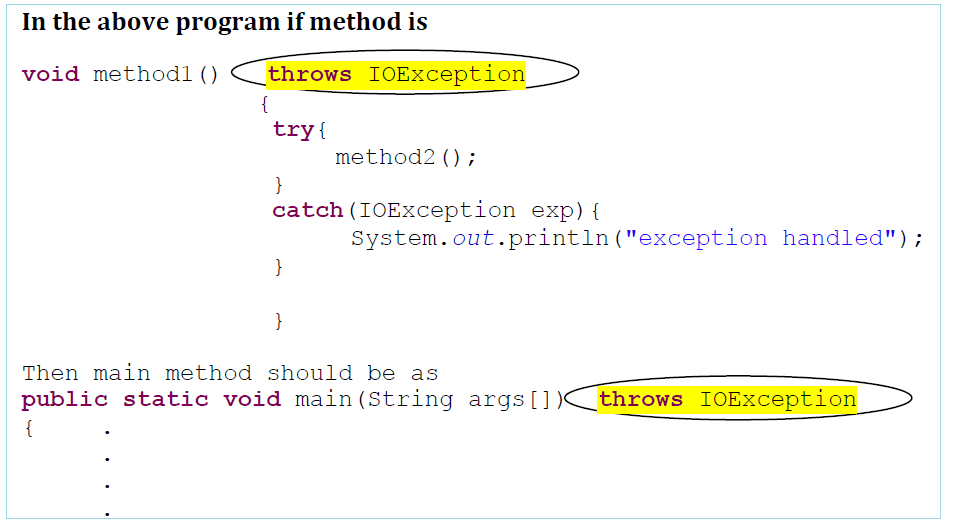
You would typically use throw in the following situations:
Exception class or one of its subclasses (like RuntimeException). For example:
Method or constructor failure: When a method or constructor fails to perform its intended action, you can throw an exception to signal that something went wrong. For example:public class InvalidInputException extends Exception {public InvalidInputException(String message) {
super(message);
}
}
// Later in your code...
if (input != validValue) {
throw new InvalidInputException("Invalid input provided.");
}
public void loadDataFromFile(String filename) throws IOException {// Attempt to read the file
if (fileNotExists(filename)) {
throw new FileNotFoundException("File not found: " + filename);
} else if (fileCorrupted(filename)) {
throw new DataFormatException("Corrupted data in file: " + filename);
}
}
In this example, the loadDataFromFile method might throw a FileNotFoundException or a DataFormatException if something goes wrong during file operations.
throw to ensure that your program behaves correctly when these situations arise. For instance:
public int calculateDistance(double x1, double y1, double x2, double y2) {if (Double.isNaN(x1) || Double.isNaN(y1)) {
throw new ArithmeticException("Invalid input coordinates.");
}
}
In this example, the calculateDistance method throws an exception if any of the input coordinates are NaN (Not a Number).
When deciding whether to use throw, ask yourself:
Remember to carefully consider the type and message of the exception you're throwing, as well as handling them in a way that makes sense for your program's architecture.
I hope this helps! Do you have any follow-up questions about throw in Java?
try-catch java example
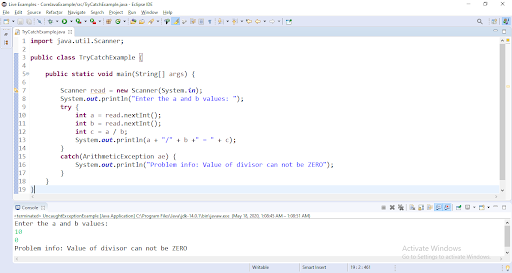
I'd be happy to provide a Java example that demonstrates the use of try-catch blocks! Here it is:
Try-Catch Example in Java
public class TryCatchExample {
public static void main(String[] args) {
int num1 = 10;
int num2 = 0;
// Attempt to divide two numbers
try {
int result = num1 / num2; // This will throw an ArithmeticException
System.out.println("The division result is: " + result);
} catch (ArithmeticException e) { // Catch the specific exception type
System.out.println("Error: Division by zero is not allowed!");
} catch (Exception e) { // Catch all other exceptions (e.g. NullPointerException)
System.out.println("An unexpected error occurred: " + e.getMessage());
} finally {
System.out.println("This code will run regardless of whether an exception was thrown or not.");
}
}
}
Let's walk through this example:
We define two integer variablesnum1 and num2. In this case, num2 is set to 0. Inside the try block, we attempt to divide num1 by num2, which will throw an ArithmeticException because division by zero is not allowed in Java. When the exception occurs, control jumps to the catch (ArithmeticException e) block. This block catches the specific exception type (ArithmeticException) and prints a message indicating that division by zero is not allowed. If any other type of exception were thrown instead (e.g., a NullPointerException), control would jump to the catch (Exception e) block, which catches all exceptions and prints an error message. The finally block always runs, regardless of whether an exception was thrown or not. In this case, it simply prints a message indicating that some code will run regardless.
When we execute this program, we'll see the following output:
Error: Division by zero is not allowed!
This code will run regardless of whether an exception was thrown or not.
In real-world applications, try-catch blocks are crucial for handling and logging errors, as well as providing a way to recover from unexpected situations.
